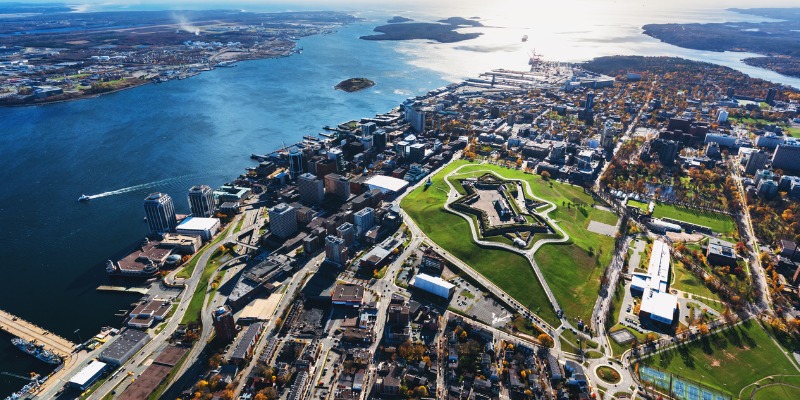Improved private-sector conditions key to increased prosperity in Maritimes

In simple terms, an economy can be divided between the private sector, which generates wealth, and the government sector, which consumes and redistributes wealth. A strong private sector is key to creating jobs, raising incomes, fuelling investment, innovation and productivity, and ultimately funding the government sector.
In the Maritimes, the state of the private sector is an ongoing concern, as these provinces have historically trailed the rest of Canada on key measures. Unfortunately, according to a new study, in recent years the Maritimes have largely failed to improve the private sector across several key variables.
The size of government is an important measure because it’s closely connected with economic growth. All else equal, a larger government sector leaves less space for the private sector. Between 2007 and 2019, the years preceding the last two recessions, the size of government in the Maritimes was the largest in Canada. Government spending (by all levels) as a share of the economy averaged 60.6 per cent in Prince Edward Island, 60.2 per cent in Nova Scotia and 56.1 per cent in New Brunswick—the three highest levels in Canada.
Given this data, it’s not surprising that the size of the private-sector workforce in the region is below the Canadian average. Across the time period, Canadian private-sector employment represented (on average) 65.2 per cent of the total workforce. In P.E.I., private-sector workers represented just 58.6 per cent of total employment, the second-lowest level in Canada. Nova Scotia (63.2 per cent) and New Brunswick (64.4 percent) were also below average, ranking fourth- and sixth-lowest respectively.
Business investment is a crucial component of private-sector health as it provides the tools, equipment and innovation required to make workers more productive, underlying increases in wages and economic growth. Per-worker business investment has declined in each of the Maritime provinces between 2007 and 2019. Averaged over the time period, P.E.I. had the lowest per-worker business investment in Canada (at $9,707 per worker) followed by Nova Scotia ($11,392). New Brunswick ranked fourth-worst at $12,617. When it comes to private venture capital, a different measure of investment, the region has seen some occasional bright spots but still lags well behind the Canadian average on a per-person basis.
Lastly, new business creation is another measure of private-sector health, as it’s positively associated with growth in the economy. Nova Scotia and New Brunswick ranked second-last and last respectively on this measure between 2007 and 2019, with 120 and 126 new businesses created per-thousand businesses. One bright spot is P.E.I., which led the country with 159 new businesses created per-thousand over the time period.
Such underwhelming performance on most key private-sector measures over an entire business cycle should be a serious cause for concern in the Maritimes. Improved private-sector conditions remain key to raising wages, creating jobs and spurring economic growth.
The good news is that this situation does not need to be permanent. Other jurisdictions have shown that good policy choices can create the conditions for the private sector to flourish. Reducing government spending is a prime place to begin. By reducing the region’s massive government footprint, governments could help create more space for the private sector, in addition to the potential for tax relief. A smaller leaner government would be a great first step to unleashing the region’s entrepreneurs, improving the investment climate, and spurring economic growth for the benefit of all.
Author:
Subscribe to the Fraser Institute
Get the latest news from the Fraser Institute on the latest research studies, news and events.

